How to choose an electric water heater for dacha?
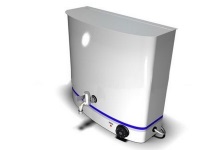
The presence of warm water in the countryside is required for taking a shower, washing dishes, washing and other activities that we are used to in the city apartment. Quite often the problem of heating water in the countryside is solved by buying an electric water heater. Such devices have many advantages, but before buying such a heater, you should become familiar with its varieties and other nuances in more detail.
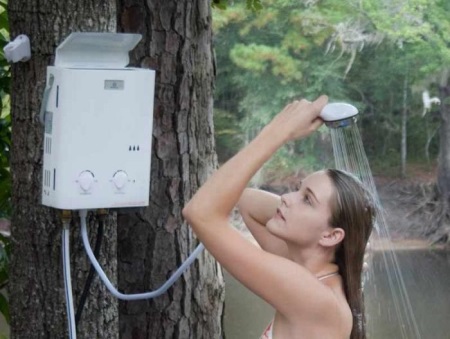
Pros of .
- Thanks to the installation of a heating device in the dacha will always have access to hot water, which will provide a certain comfort of living on the dacha site.
- Electric water heaters are chosen for dachas more often, since not all areas have access to natural gas.
- Water heater models for dachas do not consume much energy.
- The range of water heating devices is quite extensive. They are represented by devices with different volumes and different capacities.
- There are variants of heaters, in which you can pour water manually, that is, they do not require a water supply or the installation of a pump in the well.
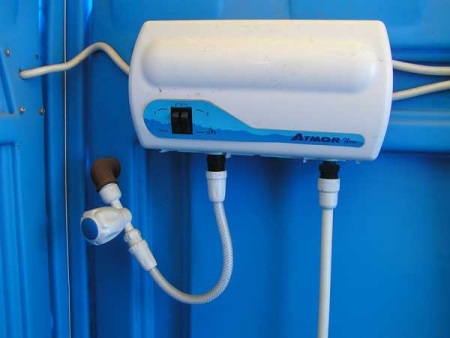
Installation of small heating devices, often chosen for dacha, is quite simple.
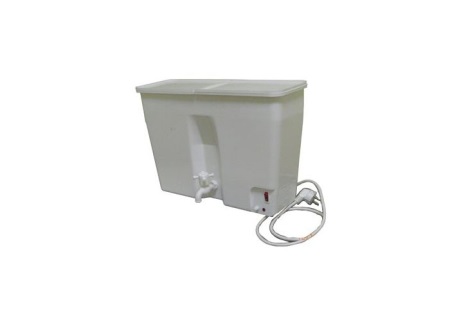
Types
Choosing a water heater for the dacha, working from the electric network, you can meet different options.
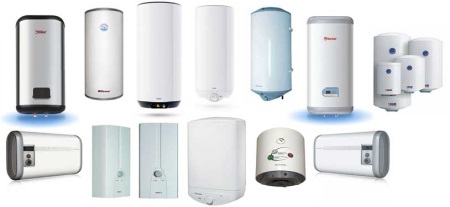
Accumulation heaters
Such devices are most in demand for heating water in private homes. They are also called boilers. Since the storage device must be connected to the water supply, it is chosen for dachas with centralized water supply or for sites with an automatic pumping station.
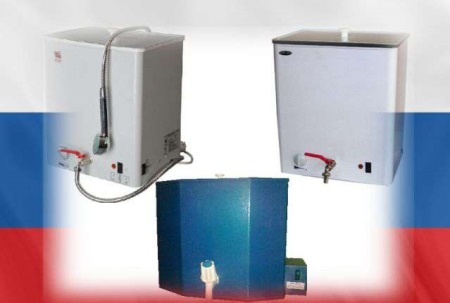
Water enters the boiler through a safety system and is heated inside by a heating element, which is connected to a thermostat. When the water inside the tank cools a little, the heating element is turned on and the temperature rises to the set temperature. The disadvantages of this type of electric heater for dacha include high power consumption, a relatively high price and dependence of operation on the pressure in the water supply.
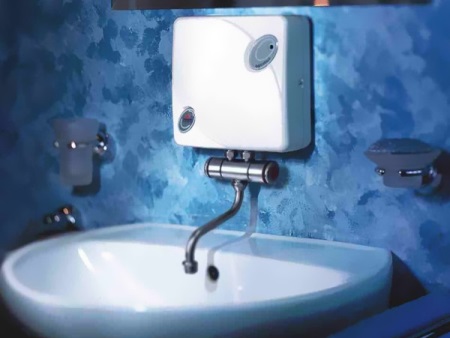
Flow heaters
They are chosen for dacha plots, where it is not possible to install a storage unit. Flow-through device is installed near the point of water intake, connecting a pipe to the heater, through which the cold water will flow. This water after entering the heating device will move through the pipes and heated by the heating elements to the desired temperature. Regulate the heating or a special valve or by means of a control panel.
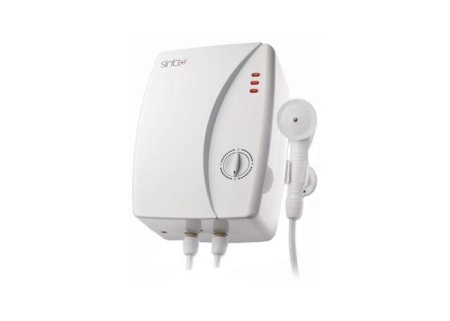
Using such devices for heating water is very convenient, because warm water comes from the faucet almost immediately after it is opened, but for their work there are some restrictions. They apply to the water pressure (if your dacha is not enough, you need to install a pump), and the load on the wiring (at peak heating it will be significant), and the performance of the device (it is small).
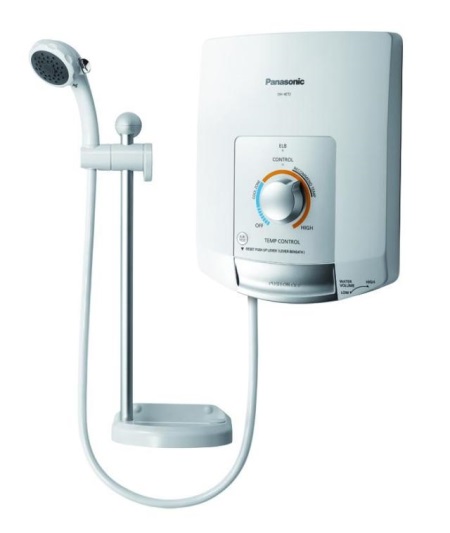
Standalone heaters
Such devices are in demand for dachas with no water supply. They are similar to hand-washing basins and are a container in which the top lid is opened to fill this container with water manually.
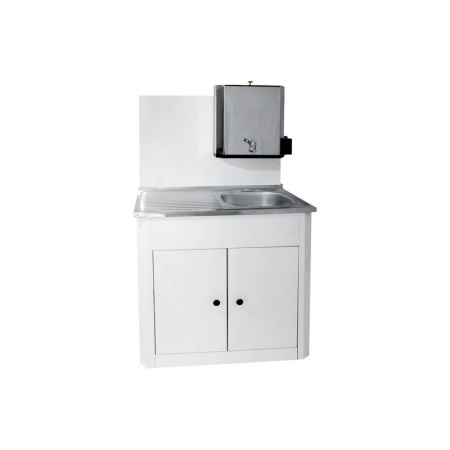
There is a heating element inside the tank and a faucet at the bottom. Some models have several tanks - one heats the water, the other is cold water, and the tap functions as a mixer. Install such a heater is very simple, and he will help in the area with a well, which has no pump. In addition, the cost of such devices is low, and their work is quite economical.
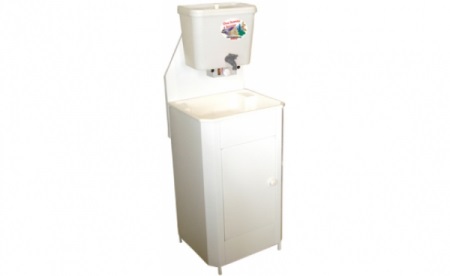
Water heater on the faucet
Such a portable water heating device is installed directly on the faucet and heats the water passing through it thanks to a built-in heating element. It is chosen if you need to heat water at one point. The main advantage of such a device is its compact size.
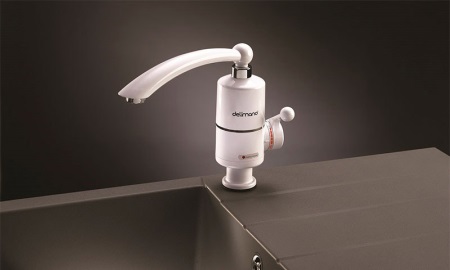
This heater can be installed anywhere and instantly heats water in the amount of 1.5 to 3 liters per minute. It can also regulate the temperature mode by changing the strength of the water flow with a special valve.

The disadvantage of this type of heater is quite low productivity and high electricity consumption.
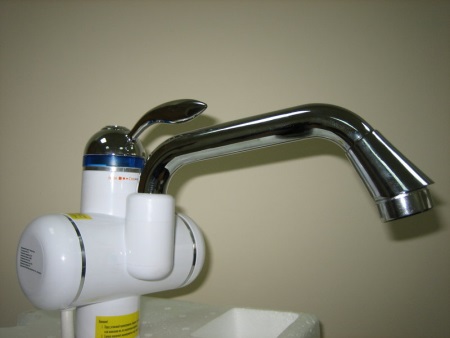
Manufacturers and prices
Accumulation heaters, working from the electric network, are produced by many manufacturers.
- On our market boilers from Termex, Electrolux, Ariston, Timberk, Ferolli and other brands are especially in demand. Their cost depends on the volume of the device and its other characteristics. For example, the device for 10 liters can be purchased for 4000-6000 rubles, the boiler for 30 liters will cost 6000-8000 rubles, and for a device with a volume of 80 liters it is necessary to pay on average 7000-12000 rubles.
- When buying a flow-through electric heater, most often choose devices from Electrolux, AEG, Termex and other brands. You can buy such a device, depending on its capacity, both for 2000 rubles, and for 7-8 thousand rubles or more expensive.
- Flow-through heaters on the faucet are made by companies Akvaterm and Delimano. Models from Akvaterm consume up to 3.5 kW, are protected against low temperatures and surges in the electrical system, allow you to adjust the temperature of the water and are available in a variety of designs. Such heaters serve for a long time and cost in the range of 3-5 thousand rubles.
- Models from Delimano attract their design (they are made in white), durability, instant water heating, easy to control the heating level, ease of operation. In appearance, such a heater is similar to an ordinary faucet. It is made of plastic and metal, and inside for greater safety is covered with ceramic insulation. Such a device costs an average of 5000 rubles.
- The most well-known manufacturers offering water heaters are Ariston, Bosch, Alvin, Atlantic, Atmore. The average cost of such equipment is 1500-2500 rubles.
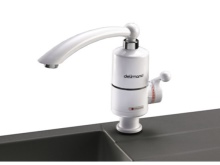
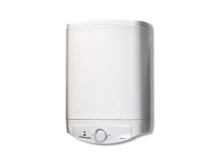
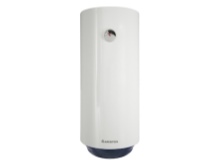
Reviews
Evaluating the reviews of buyers, it is noticeable that most often for the dacha, where they live in the summer, pick up a storage water heater. Dacha owners note that such devices are quite economical, convenient to use and properly heat water to the required temperature. Flow-through devices are less in demand because of their high power and low performance.
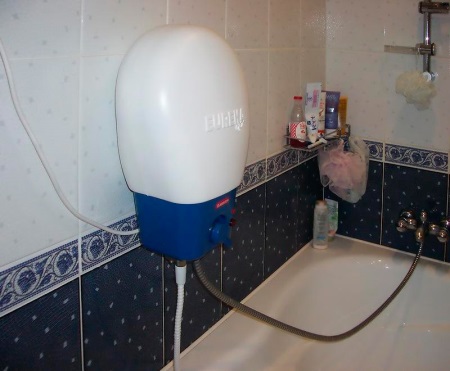
About flow-through electric faucets-heaters reviews are mostly good. They are purchased for heating water in one place. At the same time, users emphasize that such a portable device is very reliable and heats water quickly enough.
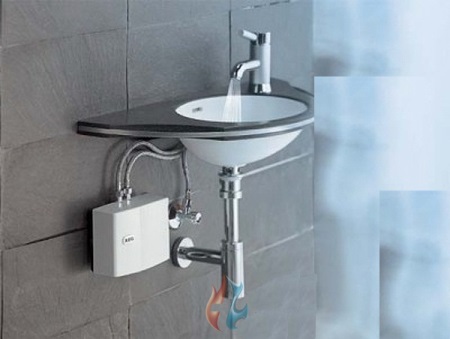
As for the flow-through models, they are very satisfied with dacha residents, whose plots do not have a main water supply line. They are happy to be able to pour water into such a machine by hand and get hot water even in such cramped conditions.
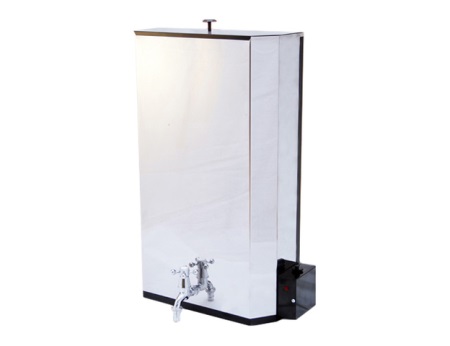
Tips for choosing
- First of all, pay attention to the power of the heating element in the selected water heater. In most cases, the buyer requires the device to be economical, and dacha wiring can withstand the load from its operation.
- If you are going to heat water in the cottage only at one point (for example, only in the kitchen), you can look for a portable heater, mounted on the faucet. If there is a need for hot water for several points, these heaters will not work and should opt for a more powerful flow-through device or a storage model.
- Decide on the volume of the tank. Note that heating a significant amount of water at once, although it will be longer, but will be useful when you want to take a shower, especially if the whole family will live in the summer at the cottage.
- Pay close attention to the safe operation of the heating device. Make sure that the model you buy has reliable protection against short circuits and fire.
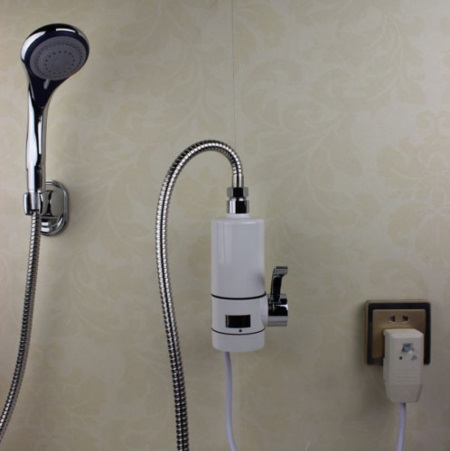
Choose a heater from a reputable manufacturer with a long warranty on the device. It is better to buy a reliable device right away, than to spend money on its maintenance and repair in the future (especially if the dacha is far enough from the city).
Connection and installation
Choosing and buying the right water heater, it is transported to the dacha, and then choose a place for installation.
Regardless of what type of water heater purchased, it is easy enough to install it. To begin with, determine the load from the device on the surface to choose the fasteners. To do this, add up the mass of the device itself and the maximum volume of water that can be in it. It is advised to install the device on a solid wall, picking up the fasteners with some reserve.
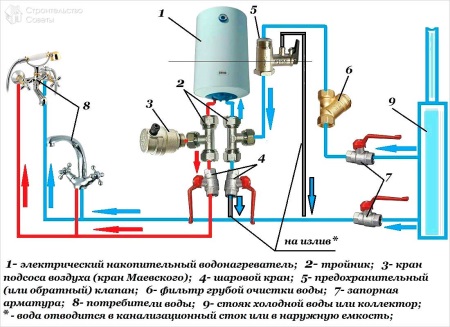
Connecting the water heater is also no problem. It is only important to properly bring water to the device, as well as to arrange the removal of heated water. In addition, you should properly connect all taps and valves, especially the safety valve, responsible for the release of excessively high pressure inside the device.
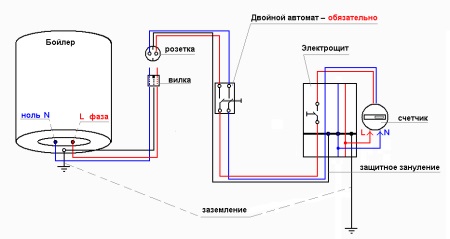
In the following video, you can see by example, how to properly install an electric water heater in a country house.




